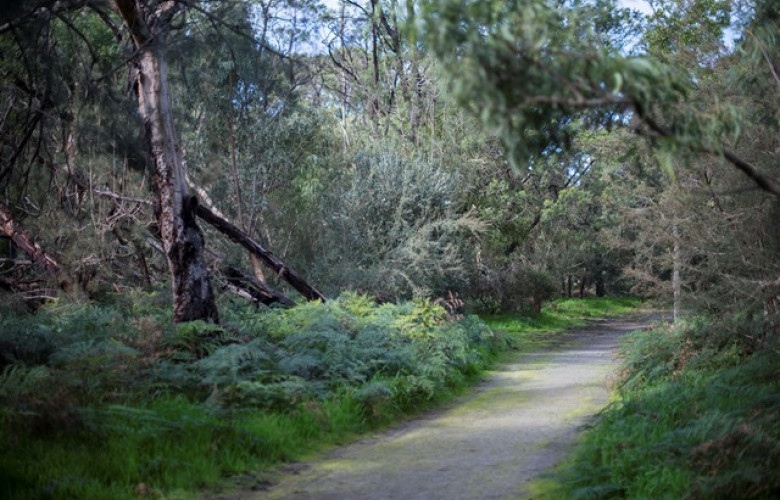From a rubbish tip to a parkland
Contact
From a rubbish tip to a parkland
366 hectares of land, currently used for rubbish tips, recycling and waste management, will be rehabilitated and used for parkland.
An area of non-urban metropolitan Melbourne that is about 2070 hectares—the size of 1035 MCGs—has been rezoned by Victorian Planning Minister Richard Wynne as a Green Wedge, paving the way for a chain of parks which were originally proposed in the 1970s.
The Green Wedge in Kingston City extends roughly from Karkarook Park to Braeside Park, with two small areas of land in Aspendale Gardens/Waterways and Patterson Lakes. Within the Kingston Green Wedge there are over 400 land parcels or allotments, of which approximately half are less than 1 hectare.
Green Wedges are the non-urban areas of metropolitan Melbourne that sit outside the Urban Growth Boundary and were first identified in the 1960s. There are 12 Green Wedge areas in Melbourne, spanning 17 Local Government Areas which collectively form a ring around the Melbourne metropolitan area.
The planning change means almost 366 hectares of land, which is currently used for rubbish tips, recycling and waste management, will be rehabilitated and used for parkland, market gardens, conservation and community facilities. Waste industries will be moved from green wedge areas to industrial and commercially-zoned locations. The planning changes also add environmental overlays to the green wedge area so that future development is properly designed to avoid impact from landfill.
“We said before the election that we would protect Melbourne’s green wedges, and that’s exactly what we’re doing.”
Member for Clayton, Hong Lim, said the rezone was a big win for the community. "Together we’ve secured the long-term future and protection of the Kingston green wedge," he said.
“The rezoning will turn this spot into one which families and the community can enjoy, making Kingston a more liveable place to be," said Wynne.
Karkarook Park and Braeside Park are both owned and managed by Parks Victoria and Moorabbin Airport is leased to the Commonwealth on a 99 year agreement. After taking these three significant parcels of land out of the equation, the remaining Green Wedge is 66 per cent held by private owners, 20 per cent held by the State and 14 per cent held by local government.





